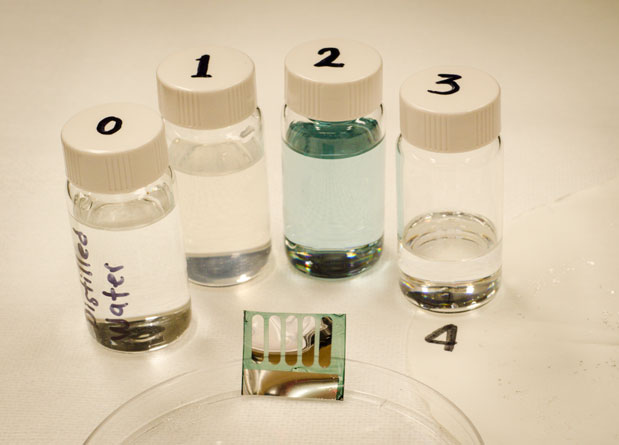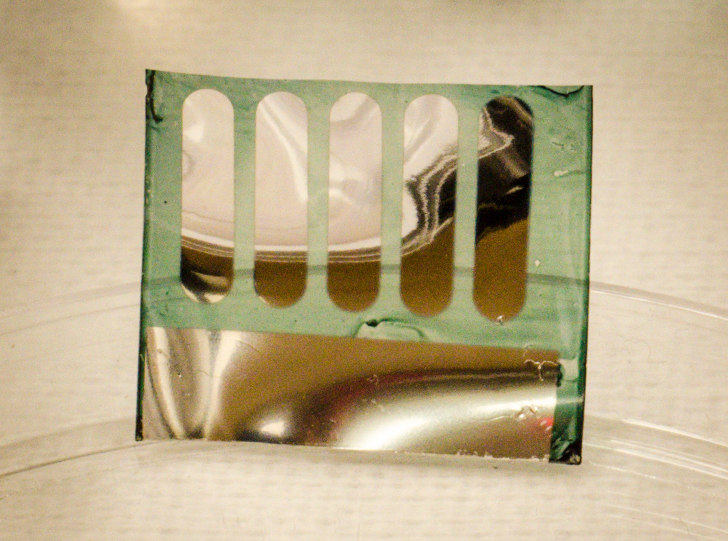One of the ultimate goals of those researching solar power is the creation of the artificial leaf. Plants take the energy from light and combine it with what plants can pull from the air and ground to create the energy that fuels growth with a waste byproduct oxygen. And we love them for it because without oxygen I wouldn’t be writing this blog entry to you. If we can duplicate what a plant can do then solar energy would become a no brainer for those advocating renewable over fossil fuel energy sources.
The materials of photovoltaics today come from glass and plastic. But scientists at Georgia Tech College of Engineering recognize that these materials can break and present a recycling challenge, so they have invented an organic substitute made from trees that can process sunlight in the same ways a plant does. They call it CN, short for Cellulose Nanomaterial. CN is cheap to make. It can be mass produced. It’s easy to replace on the fly so that power arrays maintain their level of energy output. And finally when it wears out it is easy to recycle because it breaks down into its organic components.
Current efficiency in converting sunlight to energy is 2.7%. Compare that to the average silicon or plastic-based photovoltaic array at 10% or the current record holder, Sharp, with its compound solar cells reaching conversion efficiencies of 37.7%.
- Building solar panels using carbon nanotubes.
- Printed solar cells that can be produced on any medium even paper.
- Solar thermal plants, the most recent one to open in the United States, located in Nevada.
- Making solar cells invisible.
With so many promising initiatives in the field of solar power it would appear that despite uncertain economic times and the continuing glut of fossil fuel energy sources, the desire to find a clean energy alternative is proving to be a powerful stimulus.
In addition production costs for photovoltaics continues to drop, as much as 60% in the last three years. That is making it more cost competitive when compared to fossil fuels but still not there yet.
The dropping costs however have caught many suppliers of solar technology with inventory that is no longer state-of-the-art leading to financial distress. Some solar manufacturers have not been able to adapt fast enough to changing market conditions and that has led to some bad press and finger pointing by Republicans in the United States Congress. But that’s the price of a technology that continues to develop rapidly in response to the challenges of the 21st century.

















